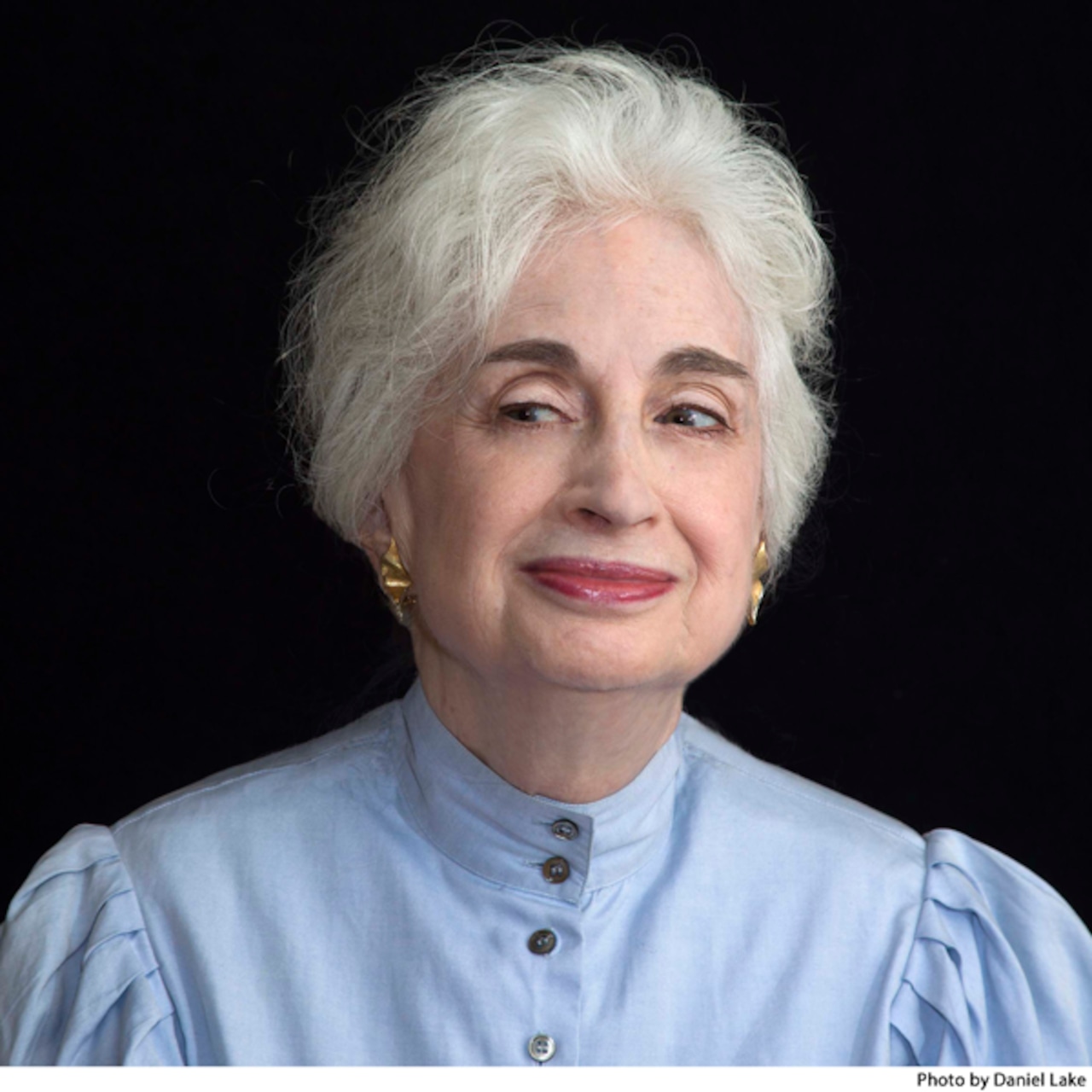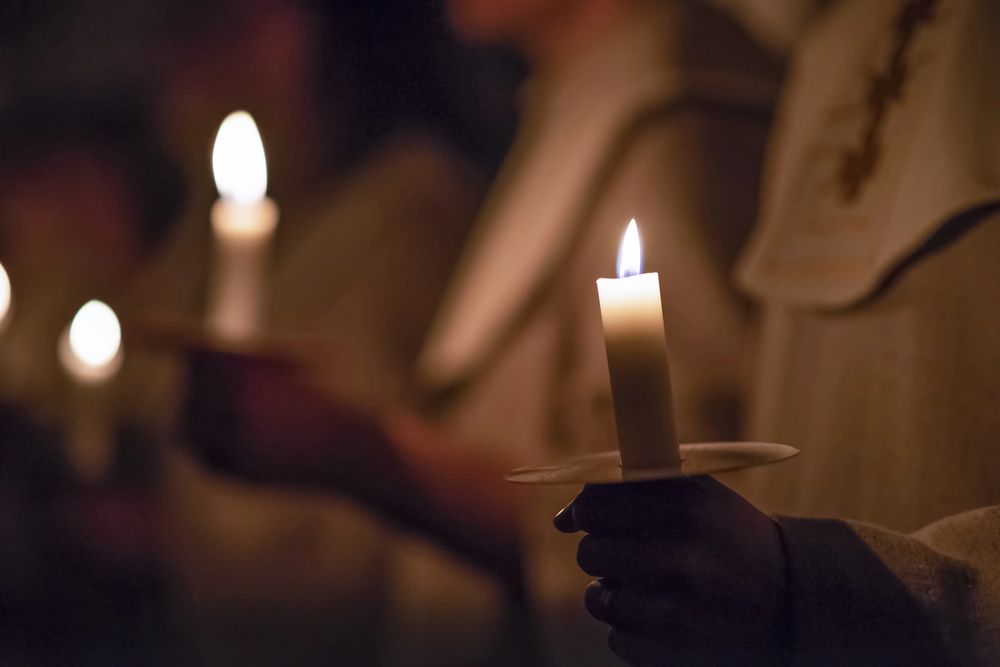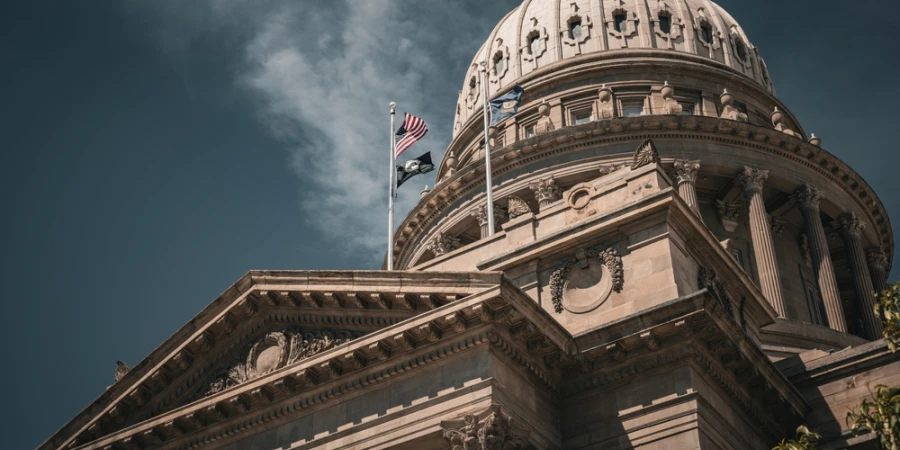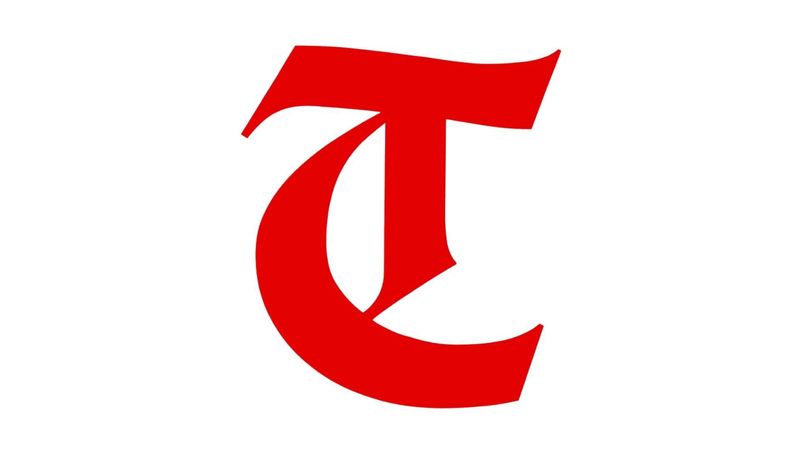Faith in Flux: Americans' Religious Landscape Holds Steady Despite Pandemic Shifts
Religion
2025-04-17 00:00:00Content

The religious landscape of the United States is experiencing a notable shift, with a growing number of adults identifying as religiously unaffiliated. Recent data reveals that more than 20% of U.S. adults now claim no specific religious preference, signaling a significant trend in spiritual diversity. Meanwhile, Christianity remains the predominant faith, with approximately 70% of the population identifying with the religion.
Breaking down the Christian demographic, Protestants continue to form the largest group, representing 45% of believers, followed by Catholics at 21%. This composition reflects the complex and evolving religious identity of the American population, highlighting both the enduring influence of traditional Christian denominations and the increasing acceptance of secular perspectives.
The Shifting Landscape of Religious Affiliation in America: A Deep Dive into Spiritual Trends
In an era of unprecedented social transformation, the religious fabric of the United States is undergoing a profound metamorphosis. As traditional belief systems encounter modern challenges, Americans are experiencing a remarkable recalibration of their spiritual identities, revealing complex dynamics of faith, culture, and personal conviction.Navigating the Spiritual Crossroads of Modern America
The Decline of Traditional Religious Frameworks
The contemporary American religious landscape is experiencing a seismic shift that challenges long-established paradigms. Traditional denominational boundaries are becoming increasingly porous, with younger generations demonstrating unprecedented levels of spiritual fluidity. Research indicates a growing trend of religious disaffiliation, particularly among millennials and Generation Z, who are more likely to identify as spiritual but not religious. Sociological studies suggest this transformation is not merely a statistical anomaly but a fundamental restructuring of religious engagement. The rise of individualized spiritual practices, coupled with increased exposure to diverse philosophical perspectives through digital platforms, has catalyzed a remarkable reevaluation of religious commitments.Protestant and Catholic Dominance in Contemporary Religious Demographics
Despite the emerging trends of religious diversification, Protestant and Catholic traditions continue to form the bedrock of American spiritual identity. Approximately 45% of Americans identify as Protestant, representing a diverse spectrum of theological traditions ranging from evangelical fundamentalism to progressive mainline denominations. Catholics represent another significant demographic, comprising roughly 21% of the population. These established religious traditions are not monolithic but dynamic entities continuously adapting to societal changes. The internal theological debates, evolving interpretations of scriptural texts, and engagement with contemporary social issues reflect the complex nature of religious institutions in the 21st century.The Emergence of the Religiously Unaffiliated
Perhaps the most striking demographic trend is the substantial increase in Americans reporting no religious preference. Approximately 22% of adults now identify as religiously unaffiliated, a cohort often referred to as "nones." This group is not necessarily atheistic but represents a more nuanced approach to spirituality that transcends traditional institutional boundaries. The rise of the "nones" reflects broader societal transformations, including increased educational attainment, global interconnectedness, and a growing emphasis on individual spiritual exploration. These individuals often construct personalized belief systems that draw from multiple philosophical and spiritual traditions, challenging conventional religious categorizations.Generational Perspectives on Faith and Spirituality
Generational differences play a crucial role in understanding religious dynamics. Younger generations exhibit markedly different approaches to spiritual engagement compared to their predecessors. They are more likely to view religious affiliation as a personal choice rather than an inherited tradition, leading to more fluid and experimental spiritual practices. This generational shift is accompanied by increased religious pluralism and a growing acceptance of diverse spiritual expressions. Interfaith dialogue, comparative religious studies, and global cultural exchanges have contributed to a more nuanced understanding of religious diversity.Socioeconomic and Geographic Variations in Religious Affiliation
Religious demographics in the United States are not uniform but exhibit significant regional and socioeconomic variations. Urban centers tend to display higher rates of religious diversity and unaffiliation, while rural areas often maintain more traditional religious structures. Factors such as education, income, and cultural background significantly influence individual spiritual trajectories. The intersection of religious identity with other social markers reveals complex patterns of belief and practice. Sociological research continues to explore how economic, educational, and cultural factors shape religious experiences and affiliations.RELATED NEWS
Religion

Jaylin Williams: The Cultural Roots Behind OKC's Rising Basketball Sensation
2025-03-23 05:08:03
Religion
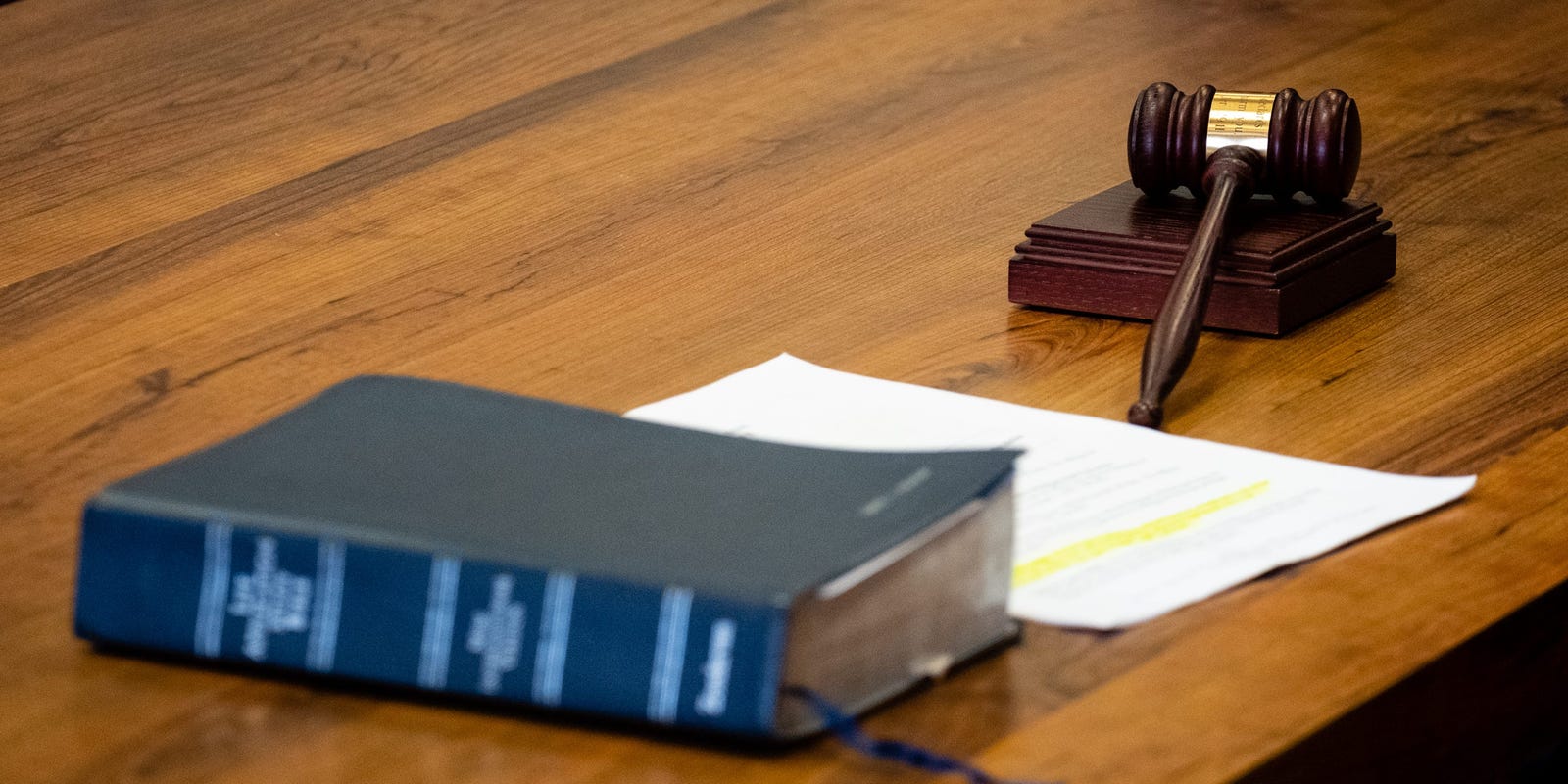
Clock Ticking: Faith Defenders Demand Last-Minute Religious Freedom Showdown
2025-04-02 09:08:06
Religion

Faith in Transition: Kosovo's Muslims Embrace Catholic Roots Amid Conflict
2025-03-17 04:01:00
